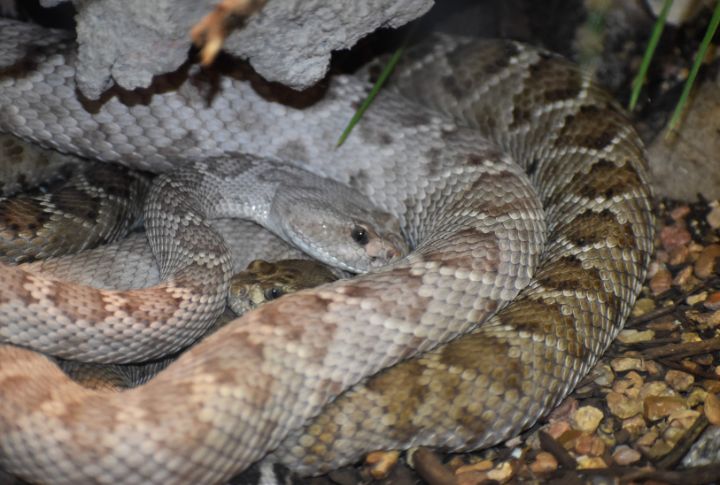
Rattlesnakes, the iconic pit vipers with their menacing rattle, are both fascinating and potentially dangerous creatures. Understanding their reproduction and life cycle will allow you to see their role in the ecosystem. This article throws light on the intriguing world of rattlesnake mating rituals, gestation periods, and offspring development, revealing the remarkable strategies these snakes employ for survival.
Intricate Courtship Dances
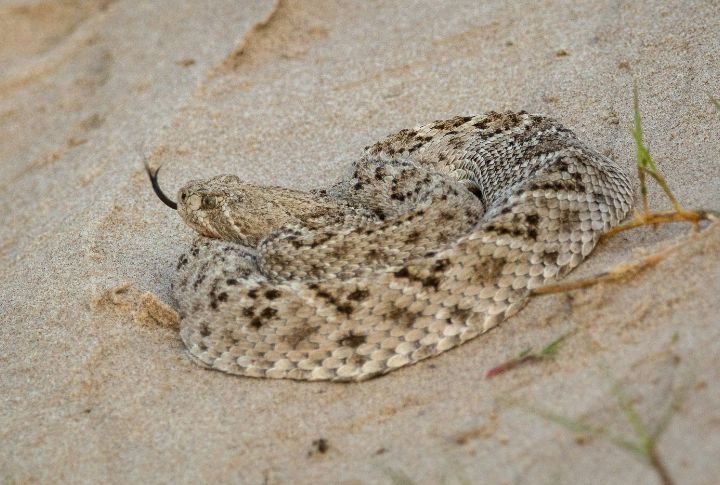
Male rattlesnakes showcase their prowess through elaborate courtship rituals involving intricate dances and pheromone signaling. These displays can last hours or even days, attract mates, and establish dominance in the mating hierarchy.
Battling for Mates

During the breeding season, male rattlesnakes engage in intense combat rituals to compete for females. These battles, characterized by intertwining bodies and strategic strikes, determine access to receptive mates and ensure successful reproduction.
Pheromone Signaling
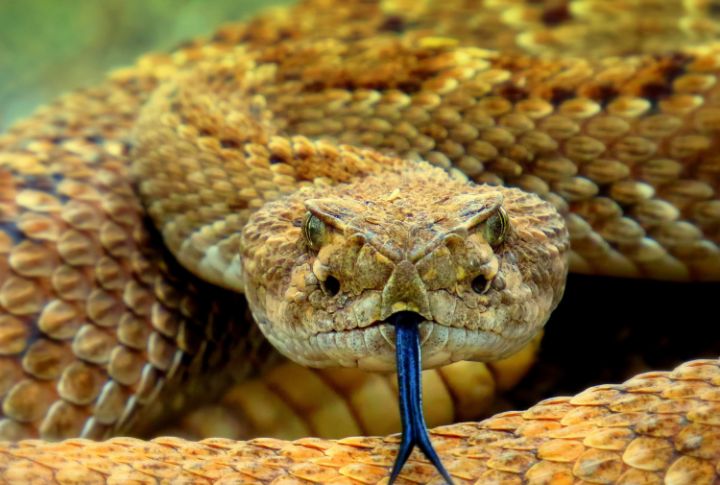
Females release pheromones indicating receptivity and attract potential mates from considerable distances. The male rattlesnake will use its tongue to detect these chemicals using a particular organ located on the roof of its mouth and determine the reproductive status of the female snake.
Gestation Period
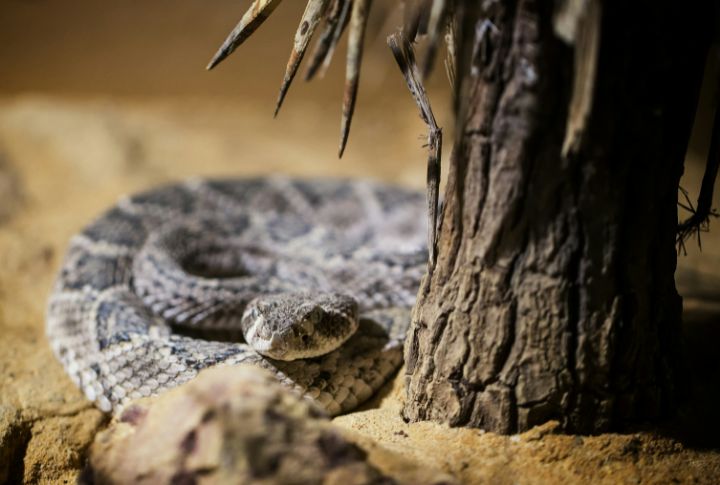
Following successful mating, female rattlesnakes undergo a gestation period ranging from 6 to 7 months, depending on species and environmental factors. During this time, fertilized eggs develop within the female’s body, preparing for live birth.
Ovoviviparous Reproduction
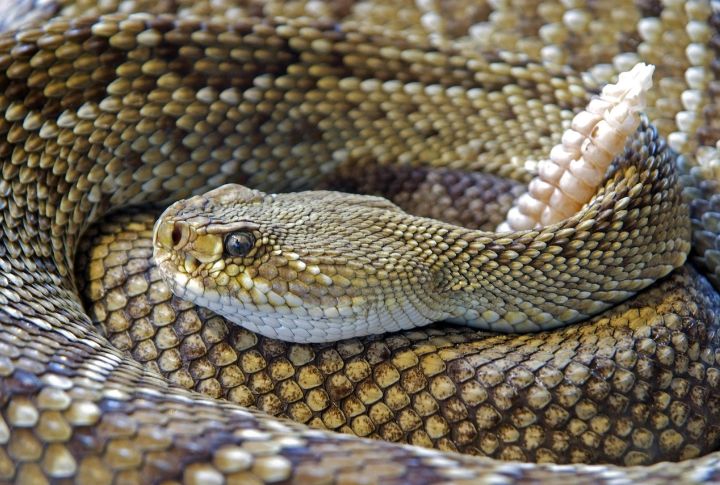
Rattlesnake reproduction is ovoviviparous, meaning embryos develop within eggs inside the mother’s body. This unique reproductive strategy ensures offspring receive protection until they are ready to emerge into the world.
Birth of Fully Developed Offspring
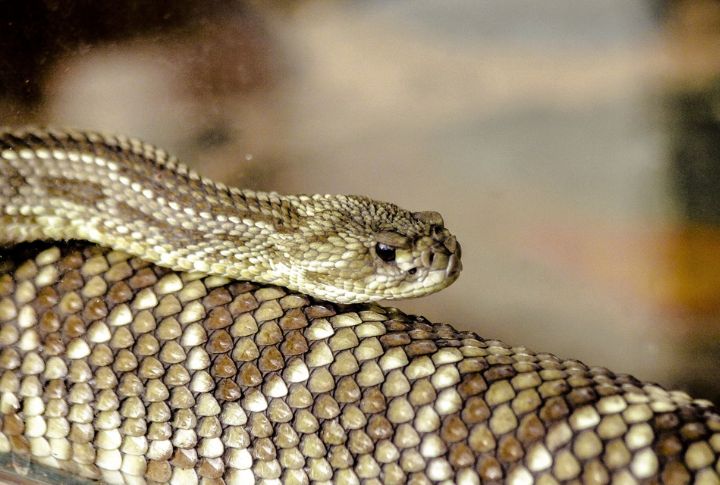
Upon completion of the gestation period, female rattlesnakes give birth to litters ranging from 2 to 25 offspring, depending on species and maternal condition. Neonate rattlesnakes are born fully developed and equipped with venomous fangs and a rudimentary rattle.
Rapid Offspring Growth
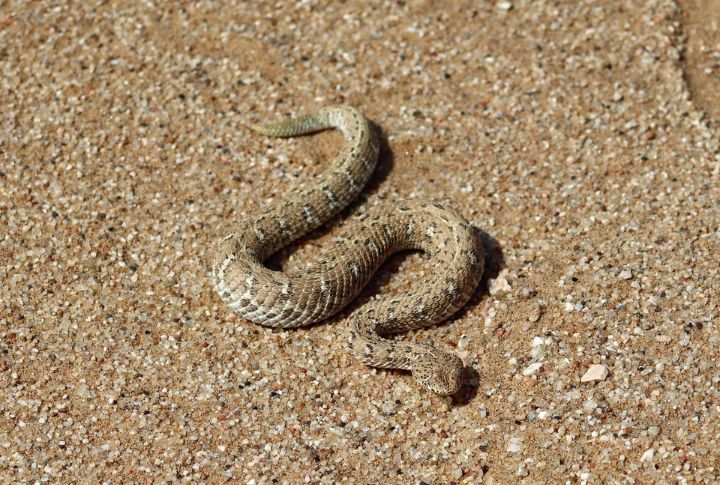
Rattlesnake offspring experience rapid growth, periodically shedding skin to accommodate increasing size. This rapid development enables young rattlesnakes to quickly transition from dependent neonates to proficient predators in their environment.
Independent Survival Skills
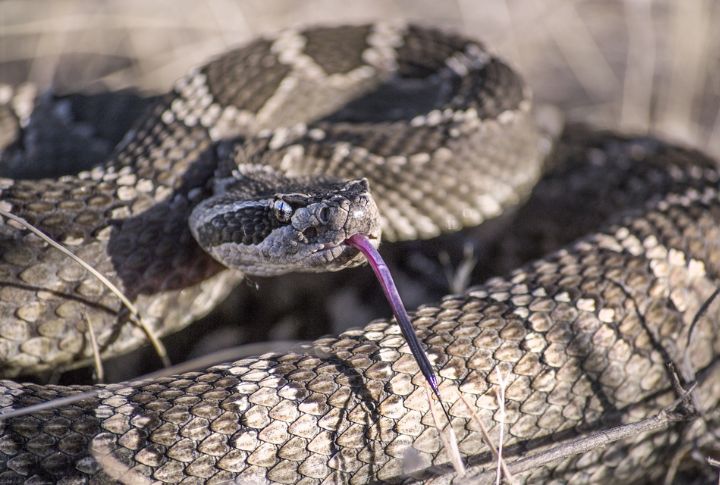
Despite being fully developed at birth, neonate rattlesnakes are independent from birth, capable of hunting small prey and defending themselves against potential threats. This early autonomy sets the stage for their survival and eventual integration into the ecosystem.
Maternal Absence
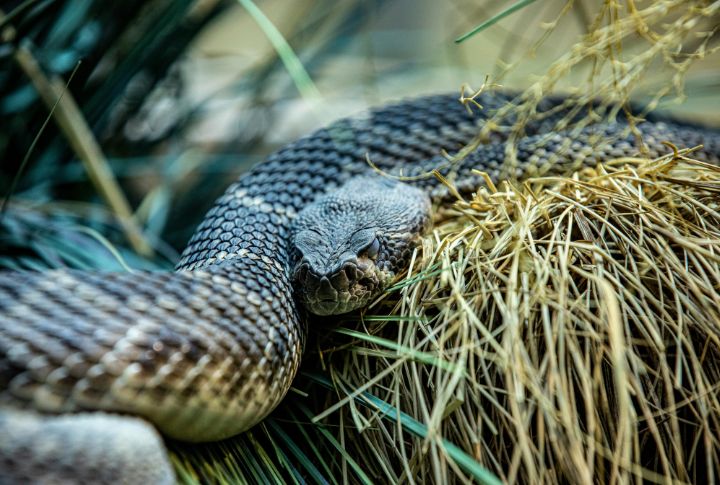
Unlike some other species, rattlesnakes exhibit minimal maternal care. After giving birth, female rattlesnakes assist their offspring for about one week. Babies can fend for themselves shortly after birth.
Variability in Reproductive Strategies
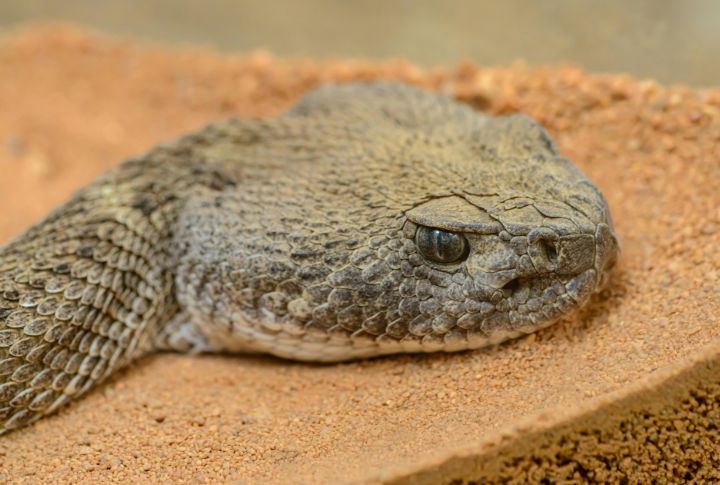
Rattlesnake populations exhibit variability in reproductive strategies influenced by habitat type, prey availability, and climatic conditions. Their adaptability ensures their survival and persistence in diverse environments.
Mating Aggregations
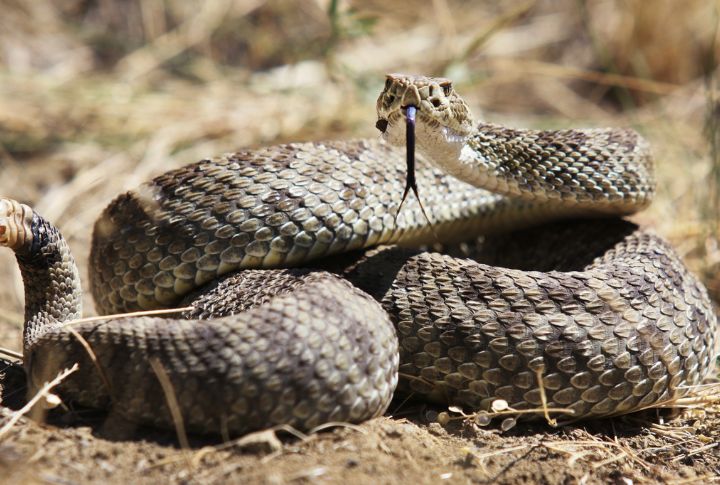
Mating aggregations may occur in rattlesnake populations, with multiple males vying to mate with a receptive female. These gatherings showcase the competitive nature of rattlesnake reproduction and highlight the importance of successful mating encounters.
Rapid Sexual Maturity
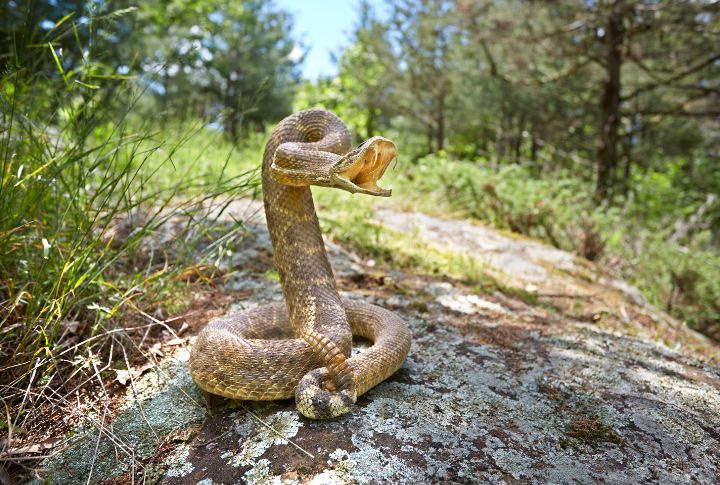
Rattlesnake offspring experience significant growth within the first year of life. However, depending on the species and environmental conditions, males may only reach sexual maturity within 5 years. The female rattlesnake will mature within 3 to 4 years.
Environmental Influences
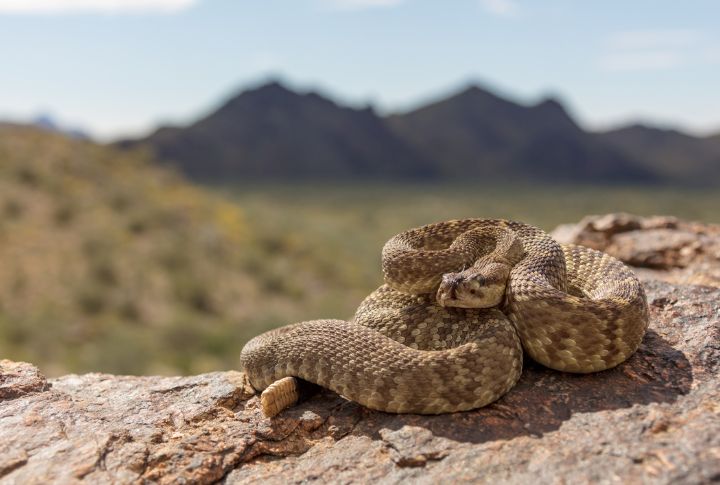
Environmental factors shape rattlesnake reproduction and influence mating behavior, gestation periods, and offspring development. They are ectothermic, meaning they rely on external heat sources to regulate their body temperature. Warmer temperatures are typically associated with increased activity, including mating behavior.
Seasonal Changes
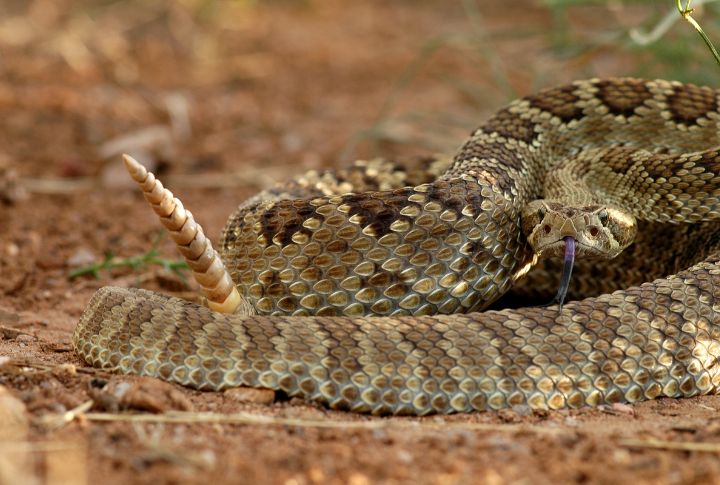
Mating seasons for rattlesnakes often coincide with seasonal changes. In many regions, mating occurs in the spring or early summer when temperatures are rising, food is more abundant, and individuals are more active.
Conservation Implications

Insights into rattlesnake reproduction significantly affect conservation efforts to preserve these serpents and their habitats. The intricacies of their mating rituals, gestation periods, and offspring development can help conservationists develop targeted strategies to safeguard rattlesnake populations for future generations.

Comments
Loading…